7 Tips to Know Before Buying a Garden Seating Area
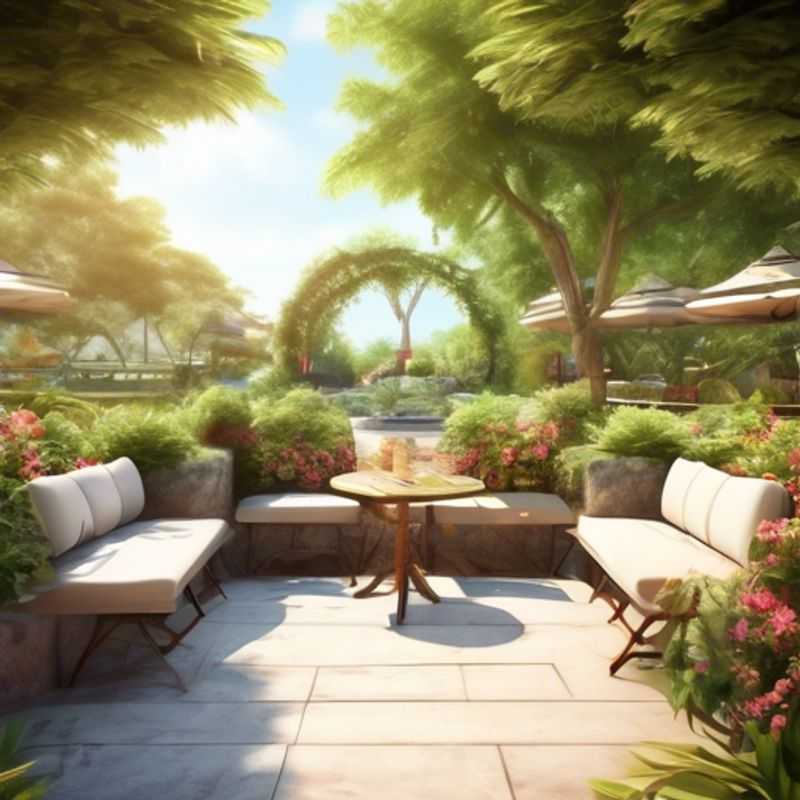
7 Tips for Choosing the Perfect Garden Seating Area: Size, Style, Material, Comfort, Durability, Versatility, and Additional Features
Ah, the great outdoors! It's where we reconnect with nature, enjoy the fresh air, and, of course, entertain guests. And what better way to make the most of your outdoor space than with a comfortable and inviting seating area? But with so many options available, choosing the right garden seating can feel like a daunting task. Fear not, my fellow outdoor enthusiasts!
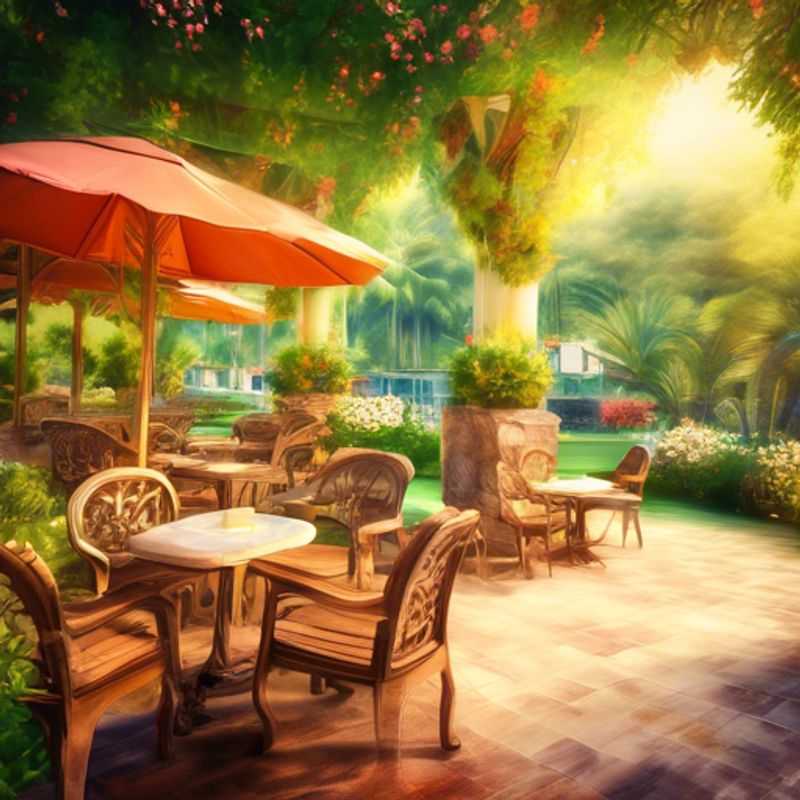
Designing Your Dream Oasis: Choosing the Perfect Garden Seating Area
When designing your garden seating area, the size and layout of your outdoor space are crucial factors to consider. Assessing the dimensions of your garden is essential to determine the appropriate size and configuration of your seating area.
Consider the shape of your garden. A rectangular garden might lend itself well to a linear seating arrangement, while a circular garden could accommodate a round table and chairs.
Take into account any existing features, such as trees, flower beds, or pathways. Ensure your seating area complements the existing landscape and allows for easy access.
Remember to factor in the surrounding environment. Consider the amount of sun and shade, as well as prevailing winds, to create a comfortable and enjoyable seating area.
By carefully considering the size and layout of your outdoor space, you can create a functional and aesthetically pleasing garden seating area that will enhance your enjoyment of your outdoor living space.
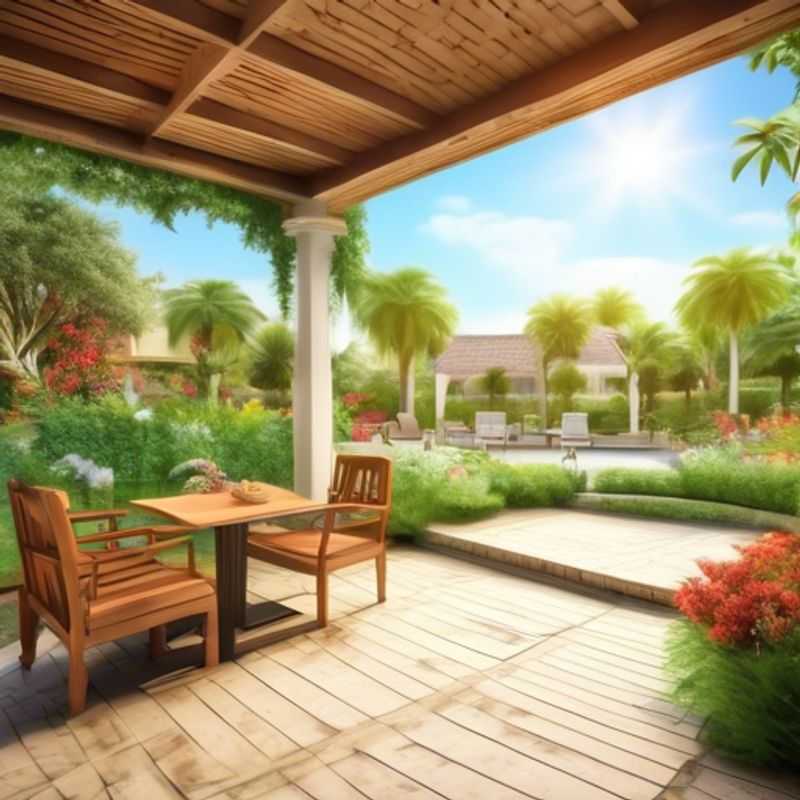
Choosing the Right Material and Style: A Guide to Personal Preferences and Practicality
Choosing the right material and style for your project is crucial for achieving your desired aesthetic and ensuring its longevity. Here's a quick guide to help you make informed decisions:
Materials: The material you choose will influence both the look and durability of your project. Wood is a classic and versatile option, offering a warm aesthetic and good strength. Metal, particularly steel and aluminum, is known for its durability and modern look. Plastic, while less durable, offers a wide range of colors and styles, and is often more budget-friendly. Concrete is a robust choice, providing a unique industrial aesthetic, but requires specialized techniques.
Style: Your choice of style will depend on your personal preferences and the overall design of your project. Traditional styles often utilize natural materials like wood and stone, while contemporary styles tend to lean towards clean lines and modern materials like metal and glass. Industrial styles often incorporate exposed brick and metal elements, while rustic styles favor distressed wood and natural textures.
Maintenance: Consider how much time and effort you're willing to invest in maintaining your project. Wood requires regular cleaning and refinishing, while metal may need occasional repainting to prevent rust. Plastic is generally low-maintenance, while concrete can be more demanding, needing sealing to prevent staining and cracking.
Cost: Material and style choices can significantly impact the overall cost of your project. Wood and metal can be more expensive than plastic, while concrete is often the priciest option. Factor in the cost of installation, labor, and any necessary maintenance products when making your budget.
Remember, the best material and style choice will be the one that best suits your specific needs and preferences. Do your research, explore different options, and don't be afraid to seek professional advice if needed.
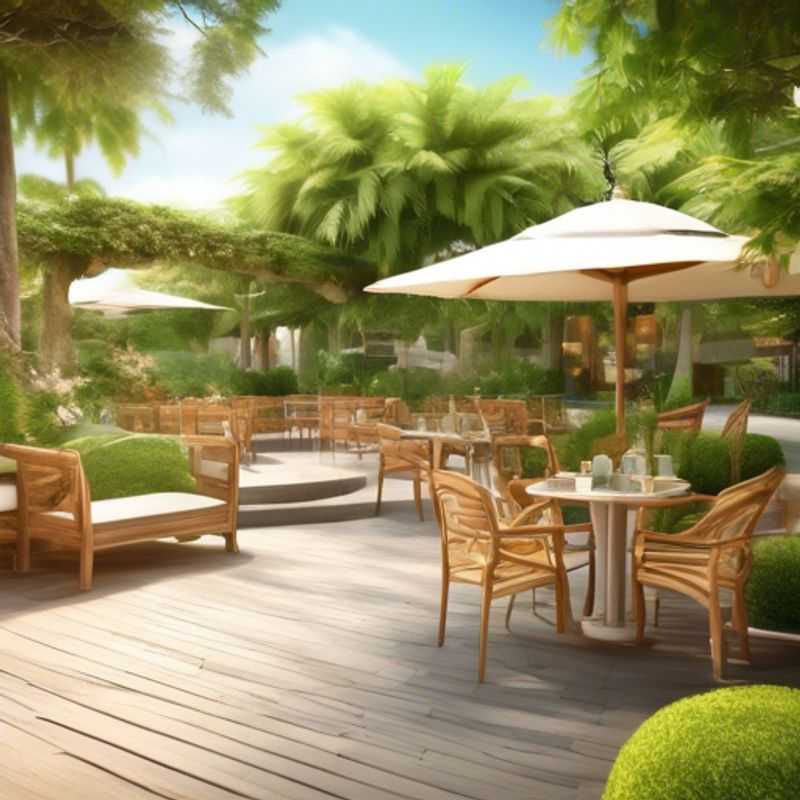
Measure Twice, Sit Comfortably: A Guide to Perfect Seating Placement
When planning an event or designing a space, accurately measuring the area is crucial to ensure seating fits comfortably without overcrowding. This involves considering not only the physical dimensions but also the functionality and flow of the space.
A few key points to keep in mind are:
1. Account for all elements within the space: This includes not just the walls and floor but also any furniture, fixtures, or other obstacles that could impact seating arrangements.
2. Consider the type of seating: Chairs, sofas, and tables all have different dimensions. Ensure you factor in the required space for each type of seating.
3. Allow for adequate aisle space: This will make it easier for people to navigate the space and allows for comfortable movement.
4. Think about the flow of the space: This involves considering the direction of traffic, entry and exit points, and any potential bottlenecks.
5. Use a professional measuring tape: This will ensure accuracy and minimize errors.
6. Create a scale drawing: This visual representation can help you visualize the seating arrangements and ensure everything fits comfortably.
By following these tips, you can accurately measure the area and ensure a comfortable and enjoyable experience for all attendees.
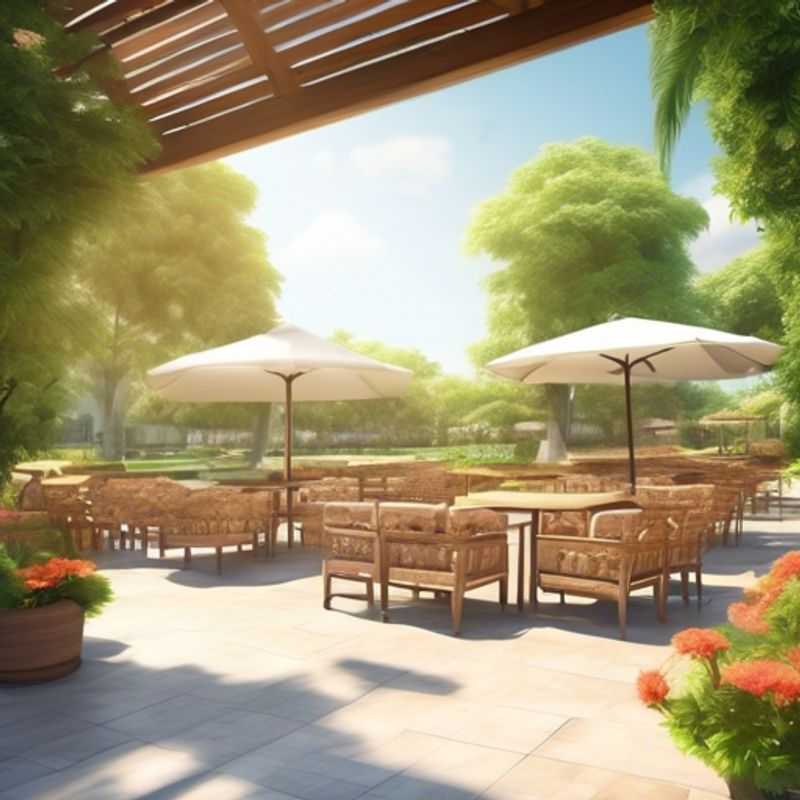
Weatherproof and Durable: Choosing Gear for the Great Outdoors
Choosing weather-resistant and durable products for outdoor use is crucial for ensuring longevity and functionality. Here are key factors to consider:
Materials: Opt for materials like stainless steel, aluminum, or treated wood, known for their resistance to rust, corrosion, and weathering.
Coatings and Finishes: Look for products with protective coatings like powder coating, epoxy paint, or marine-grade varnish to enhance resistance against UV rays, moisture, and abrasion.
Construction: Seek robust construction with strong welds, reinforced joints, and solid bases for increased stability and durability.
Drainage: Ensure adequate drainage systems to prevent water accumulation, which can lead to damage or rust formation.
Maintenance: Consider maintenance requirements. Some materials may require periodic cleaning, sealing, or repainting to maintain their weather resistance.
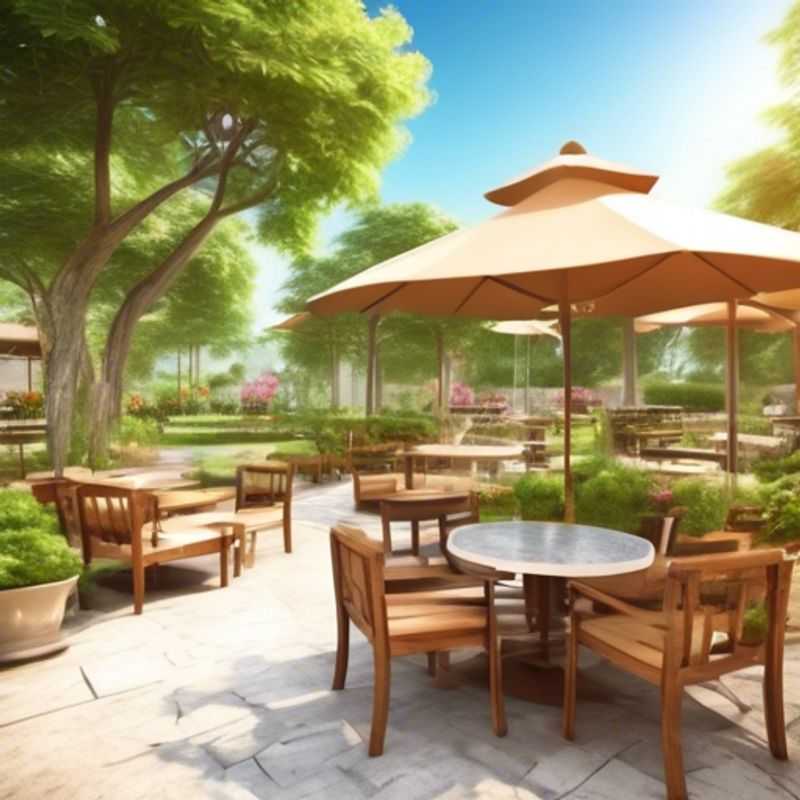
Seating Comfort: A Crucial Factor for a Positive Experience
When selecting seating for any space, whether it's a home, office, or public area, comfort is paramount. It directly impacts the overall experience, influencing mood, productivity, and even health. Evaluating the comfort level of seating requires a multi-faceted approach, taking into account various factors.
The most important aspect to consider is the material used for the seating. Fabric, leather, or a combination of both, each offers different levels of comfort, breathability, and durability. Fabrics like cotton and linen are soft and breathable, making them suitable for warmer climates. Leather, known for its durability and timeless appeal, provides a luxurious feel. The cushioning of the seating is equally important. High-density foam cushions offer excellent support and maintain their shape over time, while softer cushions provide a more plush feel. When choosing cushions, consider the firmness level that best suits your needs. Lastly, the ergonomics of the seating plays a crucial role. Ensure the seating provides adequate back support, armrests, and proper seat height to promote good posture and minimize discomfort during prolonged periods of sitting.
While these are the most critical aspects to consider, additional factors such as adjustability, height, and overall aesthetics can further enhance comfort and make the seating a more pleasant experience.
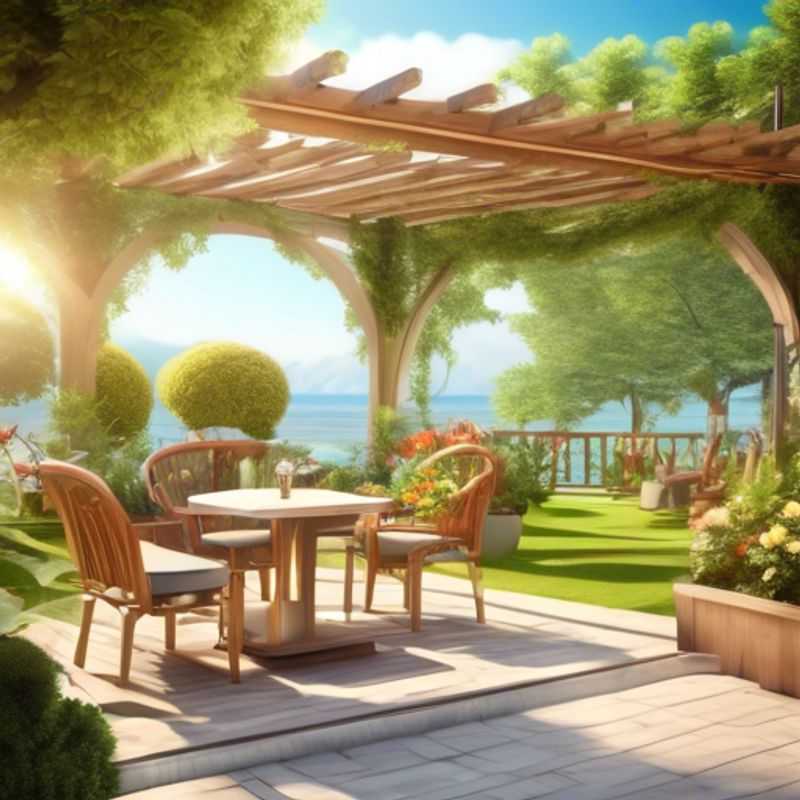
Unleash Your Design Potential: Modular and Convertible Options for Versatility
When considering versatile exploration options, focusing on modular or convertible designs can be advantageous. This approach allows for adaptability and scalability based on evolving needs and budgets. Modular designs offer flexibility, enabling users to select and combine different components based on their specific requirements. This modularity translates to cost-effectiveness, as users only invest in the components they need at the time of purchase. Additionally, modularity enables future upgrades and expansions, enhancing the longevity of the system. Convertible designs provide an alternative path to versatility by offering the ability to transform a single unit into multiple configurations. These designs are ideal for scenarios requiring different layouts or functionalities depending on the situation. For example, a convertible exploration vehicle might switch from a compact rover configuration for traversing tight spaces to a larger exploration platform for open areas. When evaluating options, consider the specific needs of the exploration project and weigh the pros and cons of each approach. Thorough research into the available options will help make an informed decision aligned with project goals.
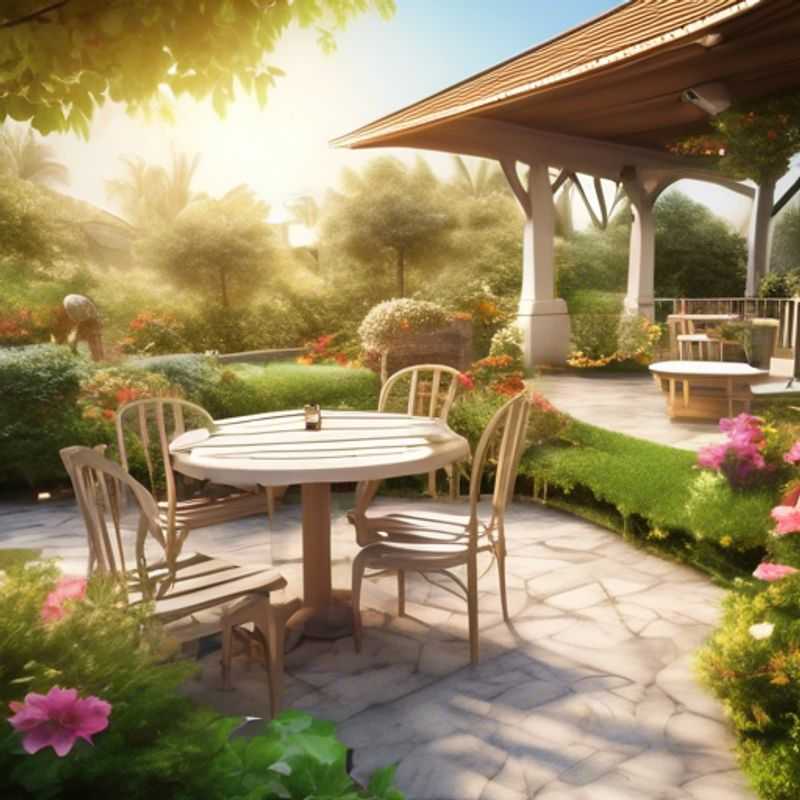
Beyond the Basics: Enhancing Functionality with Storage, Lighting, and Heating
When considering additional features like storage, lighting, or heating for enhanced functionality, it's crucial to weigh their impact on your overall design and budget. Storage, for example, can be integrated into walls, ceilings, or even furniture, offering valuable space for organization. The cost of storage solutions varies greatly depending on materials and installation complexity.
Lighting, on the other hand, offers a blend of practicality and aesthetics. LED lighting is energy-efficient and long-lasting, but can be more expensive upfront. You may also need to factor in electrical wiring costs for new fixtures or systems.
Heating, while essential in colder climates, requires careful planning and consideration of energy efficiency. Types of heating systems vary greatly, from traditional furnaces to radiant floor heating, each with their own installation costs and energy consumption patterns.
To estimate the cost of integrating these features, it's wise to consult with professionals in each field. They can provide expert advice on the most suitable options based on your specific needs, space requirements, and budget constraints.
